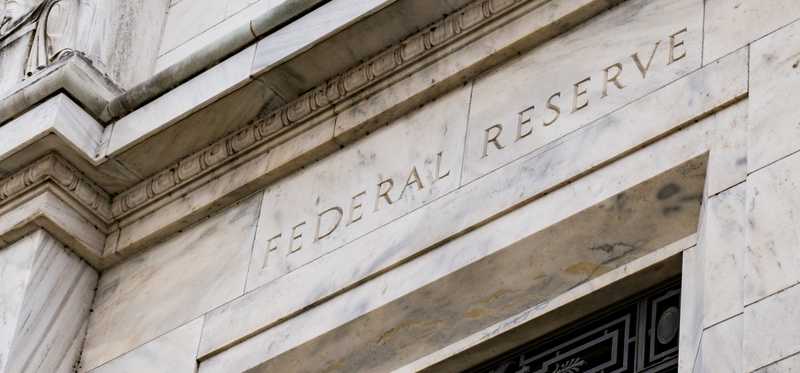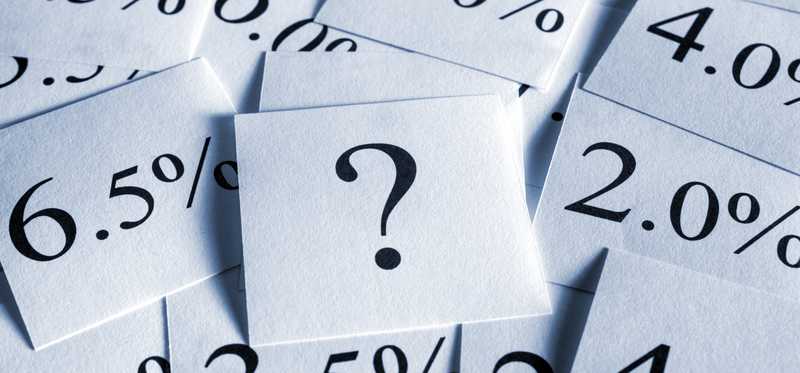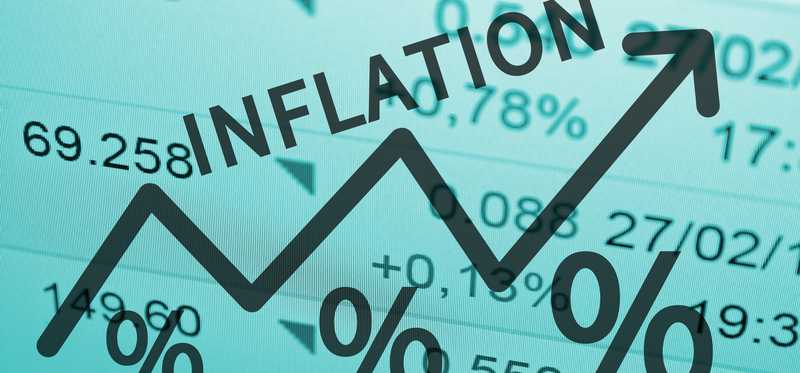10 Market Events Likely to Happen in 2020

10 Market Events Likely to Happen in 2020
What does 2020 have in store for investors?
Despite how confident anyone in the financial media might seem when predicting the future, none of us have a crystal ball that lets us know exactly what will happen.
Having said that, there are some events that are more likely to happen than others. With that in mind, here are 10 that are strong possibilities for 2020 that smart investors might want to be prepared for.
Previous
Next

1. Recession
According to a recent survey by the National Association for Business Economics, nearly 3 out of 4 economists expect a recession by 2021. Some of the most common reasons are the ongoing U.S. trade war, a weakening global economy, and the U.S. presidential election.
To be clear, a recession is defined as two consecutive quarters of negative GDP growth. It doesn’t necessarily mean that the stock market will fall, although that can be a biproduct of a recession -- especially when the early signs are spotted.
ALSO READ: 3 Recession-Resistant Dividend Stocks to Buy for 2020
Previous
Next

2. More interest rate cuts
According to CME Group’s FedWatch tool, the futures markets are pricing in more interest rate cuts in 2020. The market is pricing in just a 1.1% chance that the federal funds rate will be higher than its current level at the conclusion of the November 2020 FOMC meeting. There’s a 39% chance of one more 0.25% (25-basis-point) rate cut, a 16% chance of two more cuts, and a roughly 4% chance that we’ll see three or more. Putting it together, we see that as of the latest expectations, there’s a nearly 60% probability that interest rates will continue to fall.
Previous
Next

3. No more rate cuts
This may seem contradictory, given the information on the previous slide. However, this discussion wouldn’t be complete without mentioning that the most likely individual outcome (41% probability currently) is that the federal funds rate is held exactly where it is right now -- a target range of 1.50%-1.75% -- through at least November 2020.
Generally speaking, rate cuts are a positive catalyst for the market. So while the circumstances surrounding the rate cuts certainly play a role as well, it’s likely that the market would react more favorably if we had another rate cut or two than if the Fed decided to hold steady.
Previous
Next

4. Market volatility
This is an investment principle that is important to remember in any year. Market volatility -- that is, significant price swings -- is a normal part of investing.
Without getting too deep into the mathematics, a gain of as much as 45% or a loss of as much as 23% in any given year would be statistically normal. The annualized total return of the S&P 500 has been 9.7% since 1965, but that doesn’t mean that you should expect your portfolio to go up in a straight line over time.
Previous
Next

5. Election madness
It’s a bit early in the 2020 election cycle to start making serious stock market predictions, and even when it’s time it’ll be hard to predict. After all, many experts projected a massive stock market plunge if Donald Trump was elected in 2016, and the exact opposite happened.
That said, there’s likely to be significant market movements tied to the 2020 elections, both leading up to and after Election Day. And keep in mind that it’s not just the presidential outcome that can move markets, but control of the Senate and House of Representatives can cause major swings as well.
Previous
Next

6. Brexit
The deadline for Brexit, or the U.K.’s withdrawal from the European Union, was recently extended yet again -- this time until Jan. 31, 2020. While it’s not 100% certain that the process will actually extend into 2020, it’s certainly a strong possibility, and any surprises could be a driver of market volatility.
Previous
Next

7. Earnings growth
Even though most economists are predicting a 2020 recession as we mentioned earlier, it also seems that most experts believe that corporate profits will continue to grow. Estimates vary depending on who you ask, but just to name one example, Goldman Sachs (NYSE: GS) is predicting 6% earnings growth in 2020, followed by another 5% in 2021.
Previous
Next

8. Low unemployment
According to the latest economic projections by the Federal Reserve, unemployment is expected to remain steady at 3.7% in 2020 -- near an all-time low. The Fed is projecting a slight uptick in unemployment in 2021, however, so if that happens earlier it could certainly be a market-moving event.
Previous
Next

9. Mild inflation
The Federal Reserve is also expecting inflation to remain close to its 2% target for the next few years, with 1.9% inflation expected in 2020. This means that the cost of goods and services can be expected to rise by this amount.
Unless inflation is very high or low relative to this projection, it may not be a market mover all by itself in 2020. However, inflation is one of the most important factors in Federal Reserve interest rate decisions, and if inflation starts to rise faster than expected, it could cause the Fed to stop cutting rates or even raise them, and that would likely be a market-moving event.
ALSO READ: Cost of Living Calculator: How Inflation Affects Your Standard of Living
Previous
Next

10. Wage growth
According to a recent WorldatWork study, wages are expected to rise by an average of 3.3% in 2020, slightly higher than in 2019. Wage growth is seen as a generally positive factor by the stock market, especially when it outpaces inflation by a significant margin. After all, more money in Americans’ pockets means more disposable income, which means higher sales (and earnings) for companies.
Previous
Next

Take it with a grain of salt
As a final point, remember that all of these are just predictions. For example, it’s smart to prepare yourself (both emotionally and financially) for a recession, but it’s entirely possible that the economic expansion will continue for years, so it’d be a bad idea to simply sell your stocks and wait for a recession to pass. The best we can do as investors is to prepare for the most likely scenario while also acknowledging that other outcomes are possible -- invest accordingly.
The Motley Fool has a disclosure policy.
Previous
Next
Invest Smarter with The Motley Fool
Join Over Half a Million Premium Members Receiving…
- New Stock Picks Each Month
- Detailed Analysis of Companies
- Model Portfolios
- Live Streaming During Market Hours
- And Much More
READ MORE
HOW THE MOTLEY FOOL CAN HELP YOU
-
Premium Investing Guidance
Market beating stocks from our award-winning service
-
The Daily Upside Newsletter
Investment news and high-quality insights delivered straight to your inbox
-
Get Started Investing
You can do it. Successful investing in just a few steps
-
Win at Retirement
Secrets and strategies for the post-work life you want.
-
Find a Broker
Find the right brokerage account for you.
-
Listen to our Podcasts
Hear our experts take on stocks, the market, and how to invest.
Premium Investing Services
Invest better with The Motley Fool. Get stock recommendations, portfolio guidance, and more from The Motley Fool's premium services.